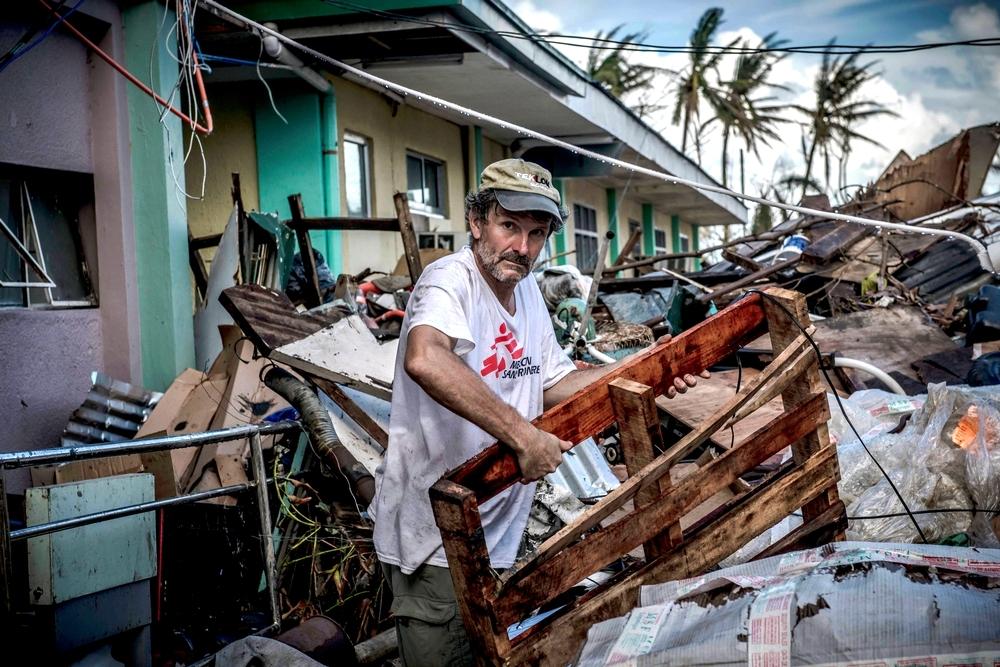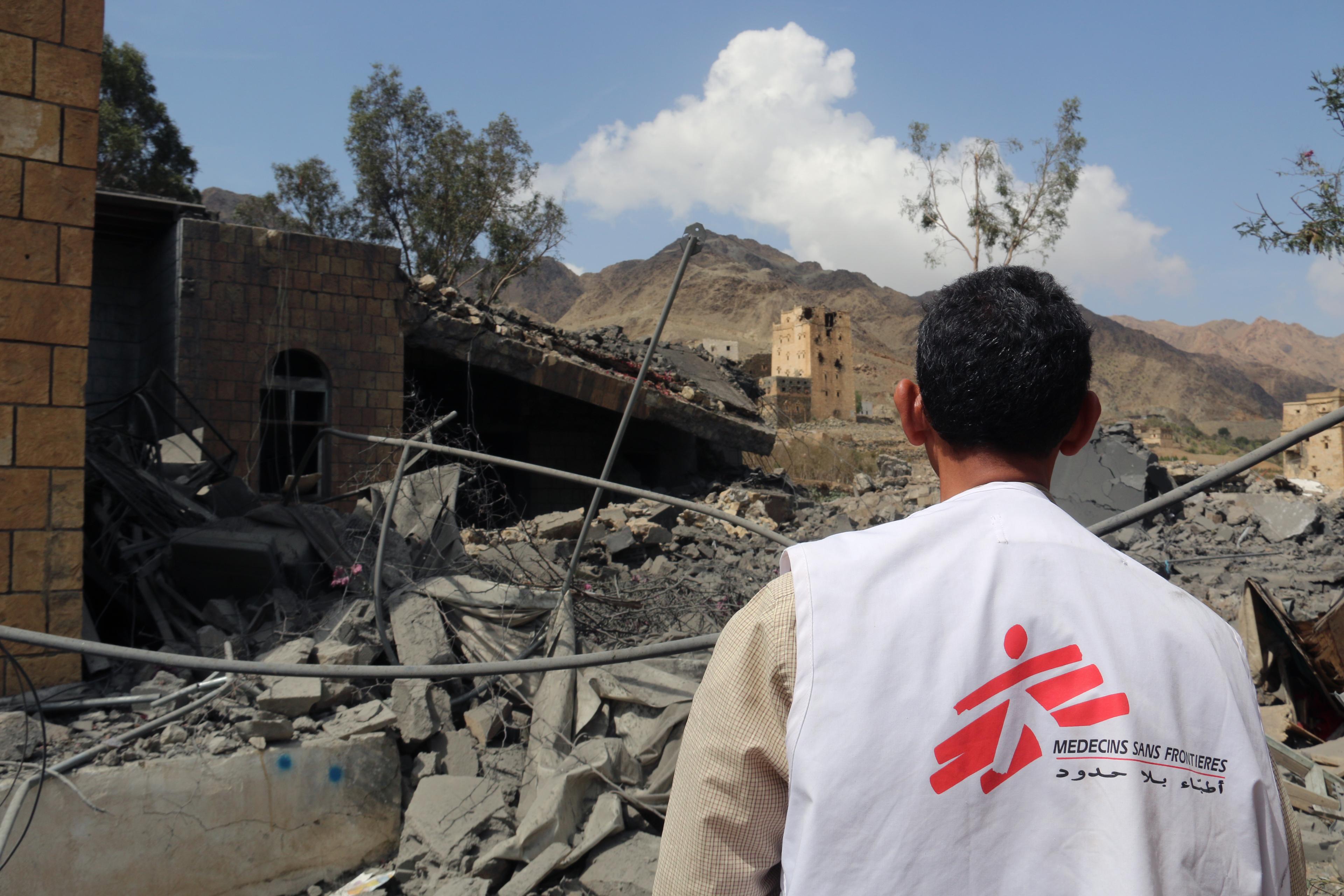
Natural disasters
Patients soignés en 6 mois.
les équipes MSF se sont organisées pour pouvoir envoyer un avion cargo.
Within a matter of minute, natural disasters such as earthquakes, tsunamis or hurricanes can overwhelm an entire population. Thousands of people can be injured or traumatized by the loss of family, friends and homes. Clean water, healthcare and transport are often scarce following these disasters. Rapid medical care and coordinated emergency response are vital to protect survivors.
From large-scale catastrophes to local emergencies, MSF’s network of aid workers and sup-ply warehouses around the world allow us to quickly respond to disasters. After the Haiti earthquake, we treated our first patient within three minutes. With more than 40 years expe-rience, we are experts in responding to complex emergencies. We put highly skilled medical staff, logisticians and water and sanitation experts into disaster zones. Over the last decades we have built up a system of logistical support and a large pool of experienced MSF staff that can be mobilized quickly.
Nearly 90 % of our funds come from private donors, which gives MSF an unrivalled level of independence. Because of this, we can respond immediately without having to lobby governments or institutional donors for aid. We only appeal for extra funds if the disaster is very big and we need extra support from the public. The 2012 earthquake in Haiti was our largest emergency response to date. The disaster killed 220,000 people, left 1.5 million homeless and destroyed 60 per cent of health facilities, including two MSF hospitals.
We responded by recruiting thousands of new staff, mostly Haitians, who worked in 26 medical centres — including an inflatable hospital on a football field. In 10 months we treated 350,000 patients, performed 16,000 surgeries, and when cholera broke out we treated 60 per cent of cases countrywide. Haiti showed how responding to a natural disaster often goes beyond the immediate crisis. The emergency phase, where we responded with surgery, medical care, psychological support, food, shelter and water, was relatively short. In the long term, we needed to contain and limit the spread of infectious diseases, re-establish healthcare systems and support people who had lost their homes and were living in temporary shelters.
Emergency preparedness
Because we already run projects in more than 70 countries around the world, we often have aid workers nearby when a natural disaster strikes. They are supported by emergency teams on permanent standby at headquarters, who are expert at doing quick assessments and organizing immediate response.
Medical and logistical supplies, in the form of pre-packaged kits ready for rapid deployment, are stored in warehouses in key locations worldwide, and a roster of experienced staff willing to drop everything and leave immediately to work in a disaster means we can get to where people need us as quickly as possible. Urgent medical cases cannot wait.
Emergency funding
As an organization, we pride ourselves on the incredible support of our donors. Our funding structure relies on lots of regular donations from hundreds of thousands of individuals around the world who give us money every month. This gives us the flexibility — and the ready cash — to respond to emergencies as they happen rather than fundraising for each crisis.
It is rare for us to solicit funds from the public for a specific crisis — we choose to do so very carefully, because we want to make sure that we only raise what we will need to spend. We judge very carefully how much we’ll need for our work and how much the public might give us.
In an emergency this is hard to do and sometimes we get it wrong. For example, with the 2010 Haiti earthquake, we ended up spending a lot more money than we allowed ourselves to raise. But our donors can be confident that we think very hard before asking for any extra support. If we do ask for additional funds for a crisis, it’s because the needs warrant it.
